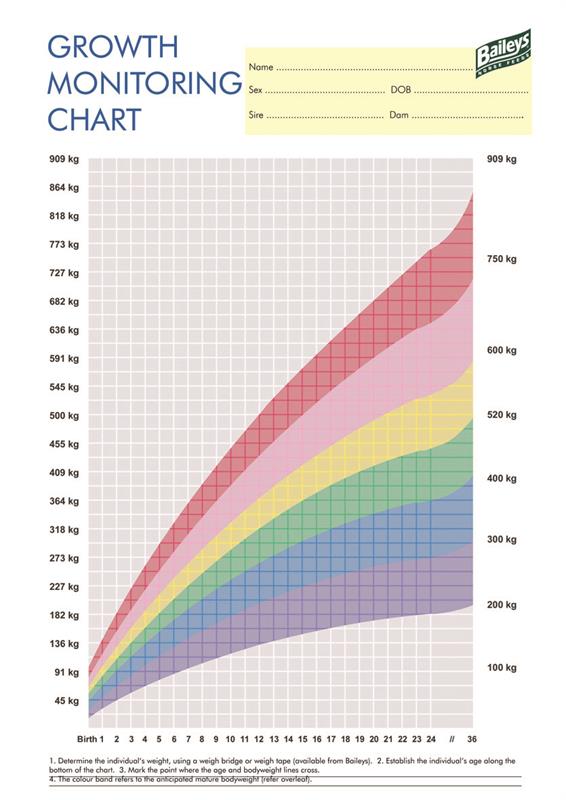Social media is certainly full of cute foal pictures, at the moment, and they and their mothers all have specific nutritional needs which grass alone cannot meet
The Lactating Mare
The primary aim of feeding the lactating mare is to provide good sources of energy and protein for her to produce enough nutritious milk to support the foal during its first three months, when the growth rate is especially rapid. Once she has foaled and is lactating, her energy requirements will increase by as much as 44% and nutrients, such as protein, calcium, phosphorous and vitamin A, will be in particularly high demand.
Not providing the mare with enough feed at this stage will reduce milk production and quality, which could eventually affect the foal’s health and growth rate. If the mare’s diet is deficient in calories, she will lose weight and, if deficient in quality protein, she will lose muscle and top line and “milk off her back”, while an inadequate supply of major and trace minerals means her own liver and bone stores will be sacrificed.
Feeding Recommendations
While grass, at this time of year, may provide plenty of calories, it will not contain sufficient levels of vitamins and minerals to meet the elevated requirements of the mare and her foal.
Good-Doers eg Natives/Warmbloods
Baileys Stud Balancer is a staple for all breeding stock, at this time of year, particularly the good-doers. It provides those nutrients lacking in pasture and forage (protein, vitamins and minerals) without the calories of a mix or cube. As the mare’s requirements are further elevated during lactation, ensure you check the feeding recommendations as it’s likely she’ll need more than you think during the peak of milk production.
Poorer-Doers eg Thoroughbreds
When grass is also not providing sufficient calories for the mare to maintain her own condition, during lactation, she is better fed a specialist stud feed than a conditioning feed as this will provide elevated levels of all nutrients not just calories. Stud & Youngstock Mix may tempt the fussier eater but the cereal content may not be appropriate for the stressier type. Stud & Youngstock Cubes are an easy option for horses fed at grass or in groups and can be more cost effective.
Foals often begin nibbling at hay and concentrates between 10 and 21 days of age but it will be 3 to 4 months before they have fully developed the enzymes to digest cereal grains and legumes (soya, beans and peas). If the mare is fed correctly and her milk supply is good, there may be no need to supplement the foal’s diet, however, providing there are no growth issues, feeding a creep feed as soon as the foal shows an interest, will help enhance the anatomical and physiological maturation of his digestive tract in preparation for the eventual change to forage and compound feeds.
Rapid growth, in a suckling foal, can lead to problems with joint development and may happen when the foal’s diet is oversupplying calories and undersupplying the nutrients needed to support the resulting increased growth. Regular weightaping and plotting the foal’s growth rate on a chart, will help identify any deviation from an even rate of growth. The diet can then be adjusted accordingly, though these situations are best discussed with an experienced equine nutritionist, to ensure the most appropriate diet and management for both the mare and the foal.
Feeding Recommendations
Maintaining a steady growth rate is essential to try to avoid the dangers of growth problems, which may ultimately have an effect on a foal’s soundness and ability to perform as an adult.
Good-Doers
Young suckling foals, up to 3 months of age, who are growing rapidly and experiencing problems as a result, can be given, Foal Assist, a specially formulated mineral drench to supply the necessary nutrients to support their growth. This may not be something which is kept by retailers as a stock item but we, at Baileys, have it available for direct dispatch, when required.
Foals who maintain condition well can be introduced to Stud Balancer, from around 3 months of age, and this will provide the protein, vitamins and minerals to support the growth and development of strong bones, tendons and muscles. Introducing this now will also ensure that the foal is well established on his weaning diet prior to separation from the dam, thus reducing the problems of dietary set-backs post weaning.
Poorer-Doers
If the mare has inadequate nutrition or simply produces insufficient or poor-quality milk, her foal may not thrive and can struggle to gain condition. These foals, up to 3 months of age, should be given milk-based Foal Creep Pellets to provide the necessary additional calories and other nutrients to encourage an improvement in condition and support growth.
Older foals, who drop condition, can be fed cereal-based Stud & Youngstock Mix or Cubes to provide the necessary calories and supporting nutrients. These may also be fed prior to and post weaning and, like Stud Balancer, should be fed at recommended levels to ensure the requirements for growth, as well as condition, are met. For the more lively types, Prep-Ease is a reduced starch option providing slow release calories from fibre and oil, plus other nutrients for growth and development.

Help and Advice
Contact our Nutrition Team:
Email – nutrition@baileyshorsefeeds.co.uk
Telephone – 01371 850247
F - @BaileysHorseFeeds
I - @baileyshorsefeeds
T - @BaileysFeeds
